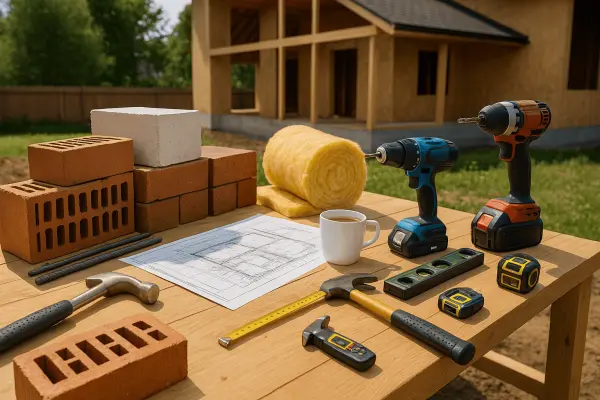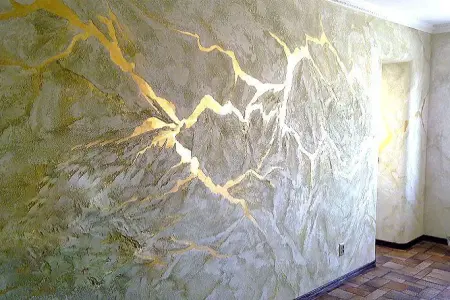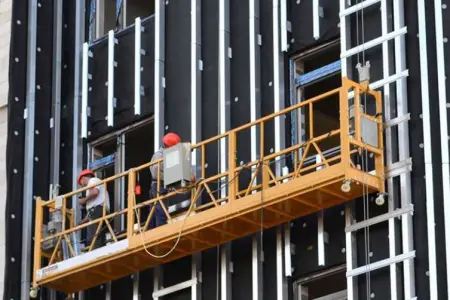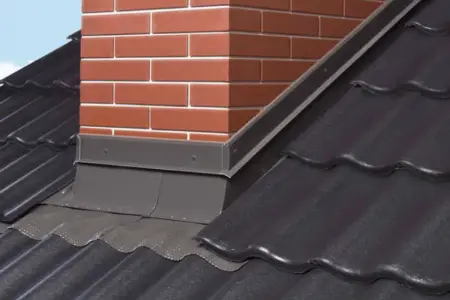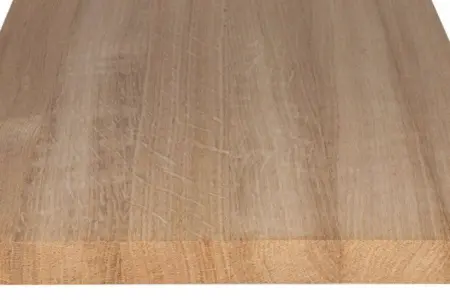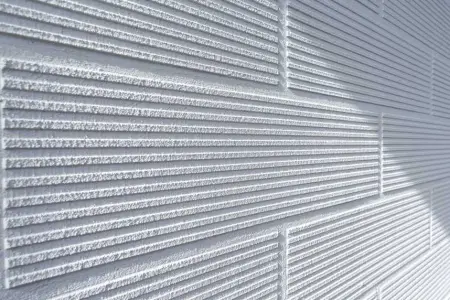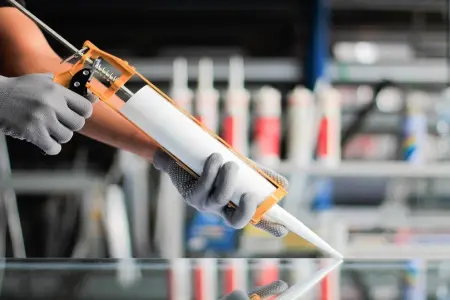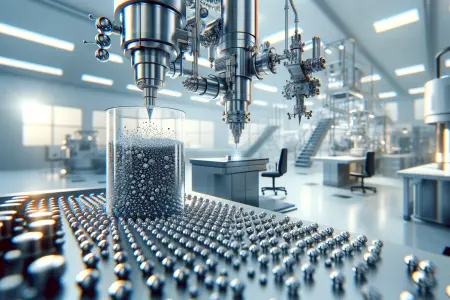In the realm of construction, the choice of materials and tools is pivotal to the success of any project. This guide provides an insight into the world of building materials and construction tools, highlighting how they contribute to creating durable, sustainable, and efficient structures.
Understanding building materials and tools:
- Materials in Construction. From the strength of concrete and cement to the versatility of wood and metal, the selection of building materials significantly impacts a building's integrity and aesthetic. Innovative materials are also coming to the fore, offering enhanced durability, sustainability, and efficiency. Ecological materials are gaining popularity, reflecting a growing commitment to environmental responsibility in the construction industry.
- Tools for Construction. The right tools, from hand-held implements to sophisticated power tools, are essential for precision and efficiency. Modern construction benefits immensely from technological advancements in tools, with equipment like electric drills, saws, and automated machinery accelerating the building process and enhancing safety. The integration of advanced technologies in tools and equipment is revolutionizing construction sites, paving the way for more sophisticated and quicker builds.
- Innovation and Management. Innovation in construction isn't limited to materials and tools; it also encompasses the methodologies applied to manage and utilize these resources effectively. Techniques in material processing and supply management are critical for ensuring that projects stay on schedule and within budget. Moreover, the industry is continually adopting newer, more efficient methods of construction, driven by a combination of innovative materials and tools.
The construction industry is a complex ecosystem reliant on a variety of materials and tools. As we continue to witness advancements in this field, the future of construction looks promising, with buildings becoming more sustainable, efficient, and aesthetically pleasing. Understanding the role and application of each material and tool is crucial for anyone involved in the building process, from architects and engineers to contractors and workers. As we build towards the future, the continuous evolution in materials and tools will undoubtedly play a pivotal role in shaping our built environment.
